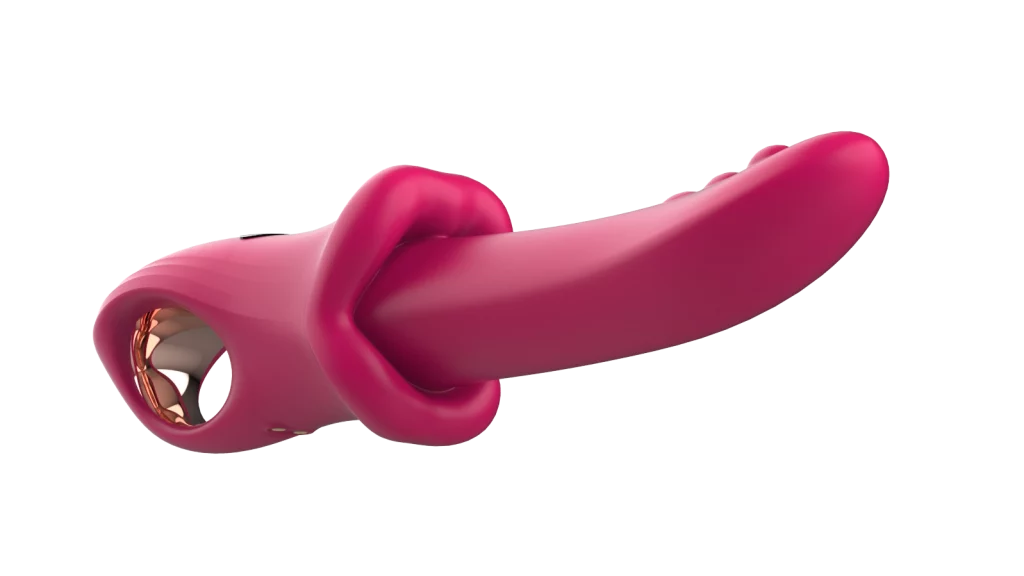Transforming Silicone Ideas into Tangible Designs
The process of actualizing ideas for custom silicone and transferring them into workable designs is a complex multistage journey. The first necessary step is the identification of the functional requirements and design constraints, as the nature of outcomes largely depends on the latter. Subsequently, based on close collaboration with clients and engineers, concepts are drawn and redrawn to ensure that initial visions are aligned with everyday realities. At the same time, using a range of software tools and design platforms would help see the possible final outcomes better, thus setting the groundwork for the following stages.
From Concept to Prototype
Creating a working prototype from a concept is a crucial step in the product’s development lifecycle. In many cases, this phase makes use of rapid prototyping methodologies, such as 3D printing, and the designs serve as initial models for the future product. Compared to traditional methods, these models are made a fraction of the cost and time. With their help, the development team may test the geometrics and ergonomics of prototypes and hence streamline validation. Additionally, incorporating advanced testing equipment, as shown in the case, will allow one to identify which models do not meet the spec in real-time. This feature enables product developers to be highly tempered and make adjustments that cater to the specifics of the client and the target market.
Iterative Design and Feedback Cycles
The iterative design process is essential for custom silicone products production. The feedback loops included in testing the product, reviewing it, and revising modifications with the client are the most critical in defining the final design. In addition, using specialized tools, such as Concept or Draw applications, allows to centralize and standardize feedback. As a result, it becomes easier to ensure that each piece of feedback is considered. The ability to modify the design enables the creation of more efficient production of the product. Therefore, through continuous improvements enabled by short feedback loops, the final product design is usually of high quality, and it meets or exceeds the client’s expectations.
Enhancements in Molding Techniques
Compression Molding
Compression molding is one of the most common techniques for fabricating custom silicone products. This method involves the insertion of the pre-measured silicone material into a mold cavity and its heating at high pressure. The benefits of such an approach are numerous: firstly, compression molding helps create high-strength parts with complex shapes and excellent dimensional stability. In addition, it allows for larger production runs, extending the limits of manufacturing efforts.
Liquid Injection Molding
Overall, liquid injection molding, as the name suggests, is this process is an advancement in the realm of silicone processing. Some other methods and approaches to creating silicone products involve silicone rubber, but liquid injection molding allows the use of liquid silicone. In such a way, it helps engineers or companies create highly detailed components which is a product of this process. The entire process involves injecting liquid silicone into a mold which, eventually, results in a smoother surface finish unlike rougher membrane used in other methods. Firstly, an essential benefit of this process is its efficiency and the capacity to create complex geometry. For instance, this approach would highly benefit the remaining future students with two gadgets and hue blockers to be worn during a swimming class. As the photo shows, this product has an irregular shape, and it promises to serve for the intended years. Besides, notable advantages of liquid injection molding are related to cycle times being shorter, meaning the time for producing one set of geometric figures or components is reduced leading to enhanced productivity.
Transfer Molding
Usually, transfer molding implies the application of pre-heated material to be forced through a conduit system into a closed mold. One of the principal advantages of the approach is relative versatility, which allows transferring metal or plastic parts of any size and complexity and ensuring the consistent high quality of all parts in the batches. Thus, transfer molding is ideally suited for producing diverse custom products, varying from small detailed and highly flexible seals to larger and more robust items.
Techniques for Custom Plastic Molding with Silicone
Understanding Different Silicone Grades
Food-Grade Silicone
Food-grade silicone is a separate type of this material, which is designed especially for such a contact. The item is non-toxic, which means silicone kitchen supplies do not cause a risk of poisoning or allergy to human health. And the food-grade silicone is environmentally safe, and, what is most important, absolutely neutral to the nose: products that are made of food-grade silicone will not smell of anything, and these items definitely will not give out the taste or the smell of rubber. Manufacturers of food-grade silicone objects comply with the most stringent safety standards: they produce kitchenware, baking molds, and household items, the use of which is allowed at high temperatures, and they do not emit any harmful substances.
![]()
Medical-Grade Silicone
Designed to comply with high standards adopted in the industry, medical-grade silicone is a polymer product that is safe to use in healthcare. Such a type often does not provoke allergic or other adverse reactions as it is biocompatible, stable, and resistant to the action of microbes. Silicone valves, bellow, and tubing are among the examples of silicone medical supplies. The processing of it is typically associated with special testing that ensures it does not have toxic extractables or it can withstand standard sterilization processes. Overall, medical-grade silicone is important for healthcare due to its reliability and performance.
Heating, Shaping, and Cooling Processes
When the temperature is too high, silicone may become overly pliable, potentially sticking to itself or deforming its shape. Conversely, insufficient heat might not cause the pliable silicone to maintain a form, resulting in flimsy and unreliable parts. Cold may cause the material to become brittle or form variants that differ from their intended design. By manipulating molding temperature and executing a controlled heating process, the finished product reaches the desired silicone component’s specified structural integrity. Producing a product with stronger silicone may improve durability and performance. Swift, time-saving methodologies, or materials for inexpensive merchandise, are the results of fast temperatures. The fast creation of products or recreation of known designs is typical of mass-produced consumer goods. The ability of methodical management of silicone temperature when forming produces precise components of correct configuration, as well as complex products and forms. Heating and cooling the substance and monitoring temperature not only require speed but also absolute precision.
Continuous Improvement and Quality Assurance
Meeting Industry Standards
In producing custom silicone parts, adherence to meeting industry standards is paramount. Such confirmation is necessary, as it assures the product’s reliability, safety to use, and compliance with the requirements set forth by the standards. Different markets, such as food, medical, and automotive, require specific standards that define the exact type of materials and processes used for manufacturing. Hence, manufacturers must undergo regular audits and hold certifications showing their satisfaction with the required standards to continue their production. These standards may include, among others, ISO certifications, and the firm must conform to other required frameworks.
Manufacturers need to constantly monitor all the newest industry trends and regulations in order to keep up with the increased demands and be able to adapt to the evolving standards at any time. If they manage to stay ahead and apply the best regulatory base to their practices, they can ensure that the product they are offering to their clients as the best custom silicone products could be competitive enough. Indeed, continuous assessment and alignment with these regulatory requirements improve the level of confidence that a manufacturer and an end-user can get in a particular product.
Testing for Performance and Safety
Rigorous testing for performance and safety is an essential part of custom silicone manufacturing. It comprises a variety of assessments that aim at measuring to which extent the products meet specified criteria. Generally, tensile strength evaluations, thermal resistance assessments, and chemical compatibility checks, among others, can be mentioned as the most common tests. Each of these tests is important as it ensures the silicone components work properly within their application and even under specified conditions.
It is evidenced that maintenance of the quality of products is a vital task for manufacturers. First and foremost, it is pointed out that such factors as quality allow the company to be competitive and attract a larger market share. Secondly, quality testing that is provided on a continuous or permanent basis allows suppliers to identify potential problems and risks and minimize them attracting less material to be wasted. On the other hand, quality testing provides suppliers with the opportunity to receive feedback related to materials and technologies used in the production facility. For example, performance and safety testing may help employees and management to be sure that the goods produced by manufacturers meet and exceed set standards within the industry.
To sum up, it is critical to master in-depth knowledge and skills in heat, shaping, and cooling processes as well as to align them with industry standards. An additional aspect is connected to the need for frequent product testing and validation to guarantee long-term success. CASINDA has managed to develop an ODM/OEM service that helps to address the changing needs. As a result, fostering a culture of change and innovation can make a substantial contribution because all organizations will be able to prepare themselves and respond to the new requirements in a timely manner to improve performance.







